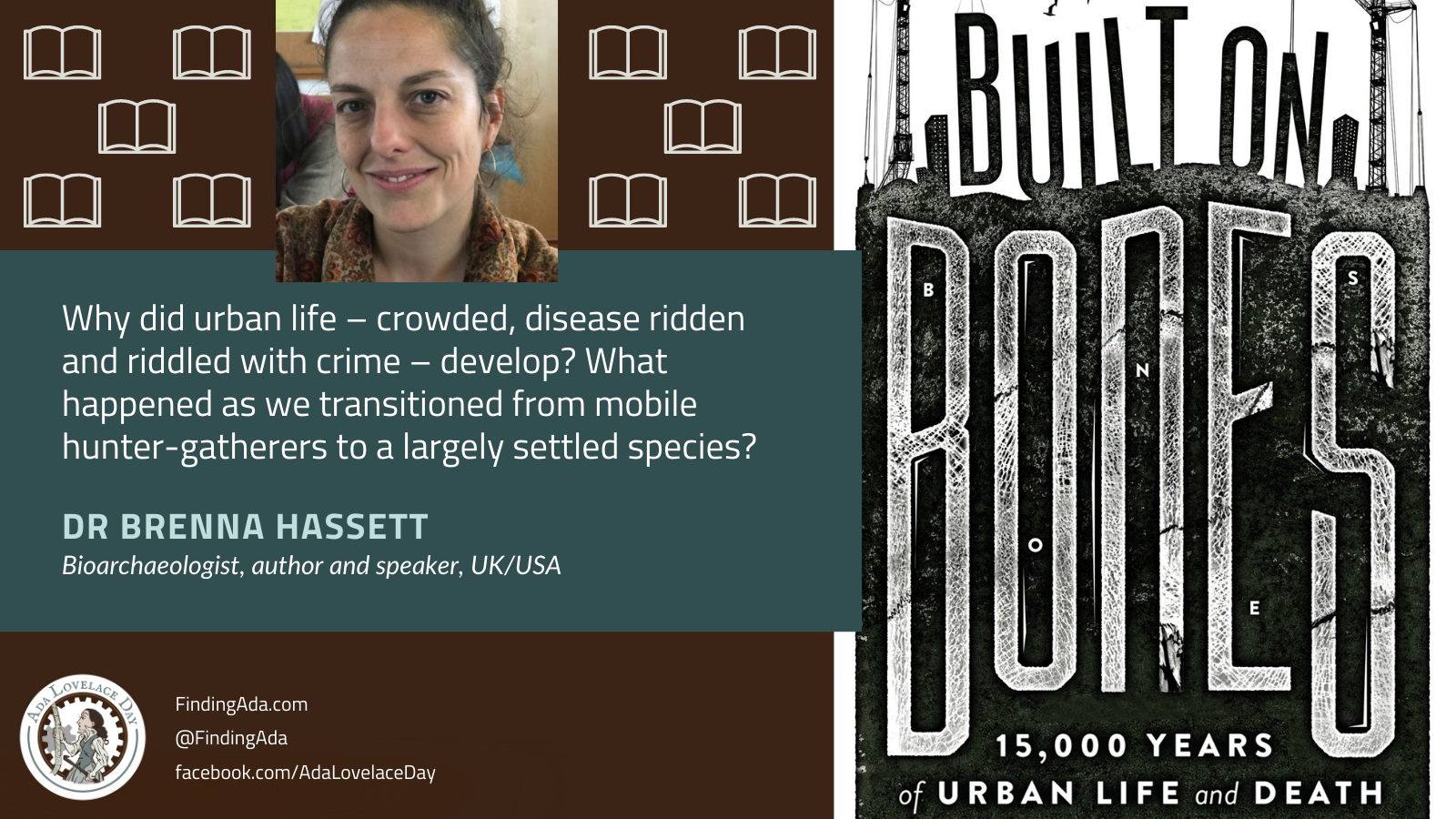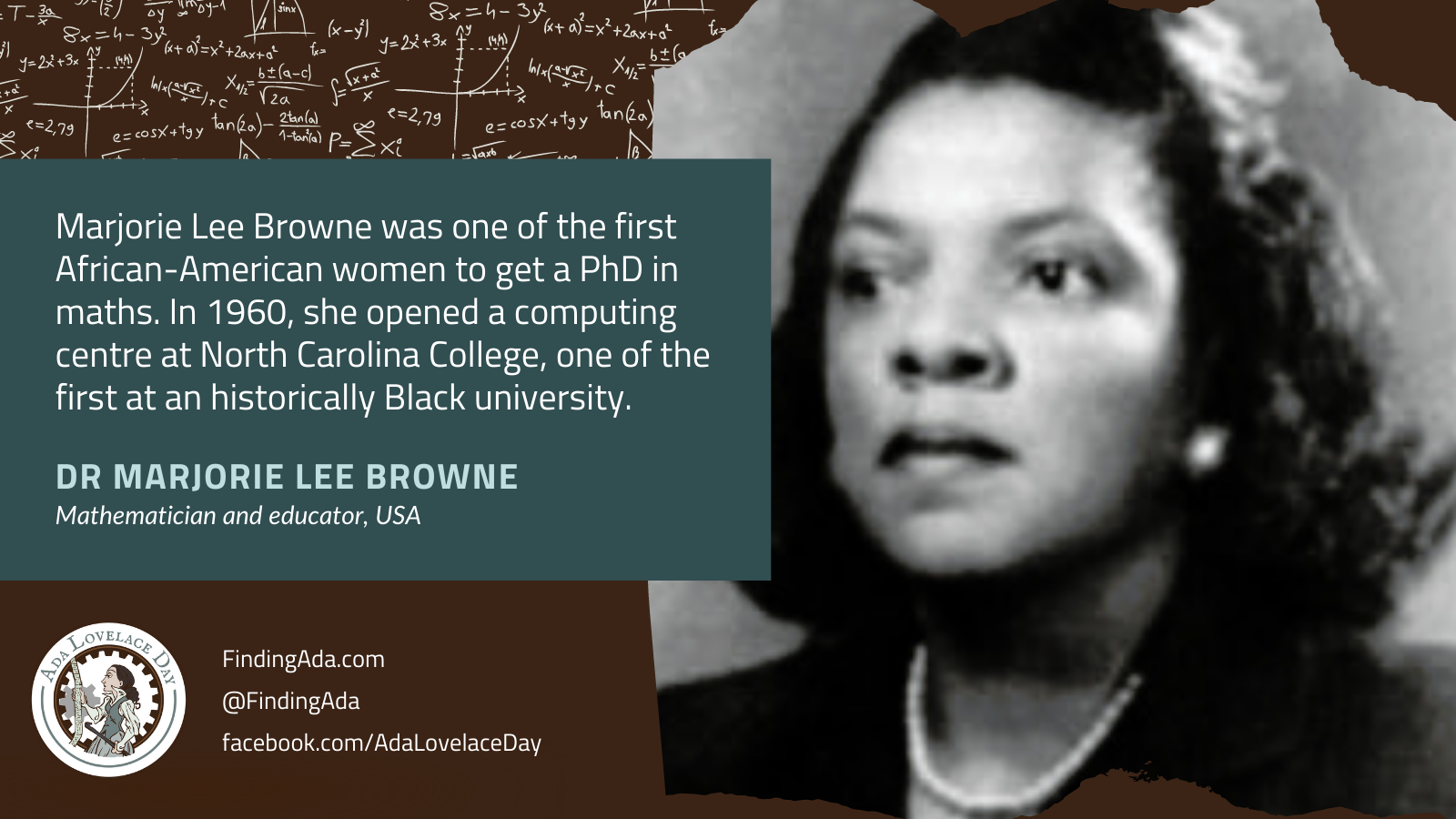
Dr Jeanne Lee Crews
Dr Jeanne Lee Crews is a NASA aerospace engineer who designed a flexible multi-shock shield to protect spacecraft from debris, and which is still in use on the International Space Station.
Lee Crews joined NASA in 1964, one of the first female engineers to join the agency. She initially worked on the Apollo missions, identifying landmarks that the astronauts could use to navigate by, if primary systems failed. During this project, she became one of the first women to go on a zero-G flight.
She later began the hyper-velocity laboratory, where she worked on developing advanced protection for spacecraft and satellites. It was, by then, already clear that collisions with even very small pieces of space debris, travelling at orbital speeds, can cause severe damage. Lee Crews built a small hydrogen fuelled gun to begin testing materials to see how well they withstood high-velocity impacts. She rapidly realised that the aluminium usually used to build spacecraft was vulnerable to debris collisions so, to achieve better protection, she developed a shield comprising multiple layers of ceramic fabric, open-cell foam and other materials.
More recently, Lee Crews has been working on a method to collect orbital debris. Her design calls for a very large balloon, between 1km and 10km in diameter, made of ceramic fabric, that will “shock whatever has struck the craft so much that it is vaporised. If you have four or five sheets, one behind the other, you shock it repeatedly and raise energy levels so much you get more vaporisation and it gets smaller and smaller.” Once full, the balloon would be returned to Earth.
Lee Crews has received many awards, including the Women in Aerospace Lifetime Achievement Award, the NASA Exceptional Service Medal, and the NASA Exceptional Achievement Medal.
Further reading
- Jeanne Lee Crews, Wikipedia
- NASA Johnson Space Center Oral History Project Edited Oral History Transcript, Rebecca Wright, NASA, 6 August 2007
- Science: Sucked from space, Roger Dobson, The Independent, 23 October 2011

